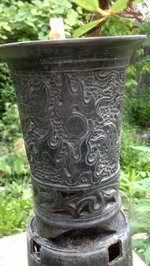Woocash
Omono
A few months ago I bought this Juniperus Sabina ‘Tamariscifolia’ and last night I finished styling it after initially slip potting on it’s side to enable me to give it a preliminary styling into a cascade (in July).
What I would like is some opinions and advice on is choosing the right pot. How does it differ from choosing a standard pot? How high should it be? Is this a cascade or semi cascade? What are the main factors when choosing a cascade pot? (and) Does anyone have any suggestions for what would go nicely with this? Thanks.
I need to carve the jins etc when the deadwood sets into position, but this it for now. (I apologise for crappy photos)
First styling
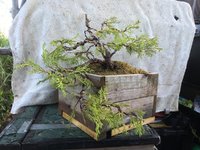
Second styling
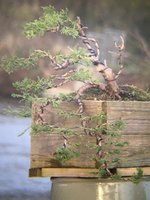
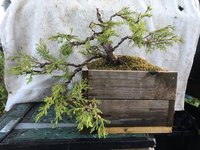
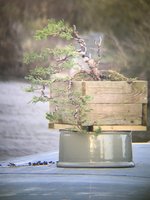
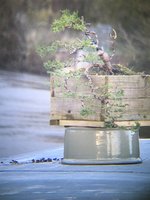
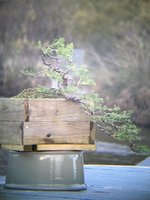
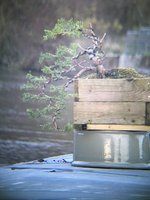
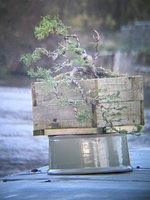
What I would like is some opinions and advice on is choosing the right pot. How does it differ from choosing a standard pot? How high should it be? Is this a cascade or semi cascade? What are the main factors when choosing a cascade pot? (and) Does anyone have any suggestions for what would go nicely with this? Thanks.
I need to carve the jins etc when the deadwood sets into position, but this it for now. (I apologise for crappy photos)
First styling

Second styling












